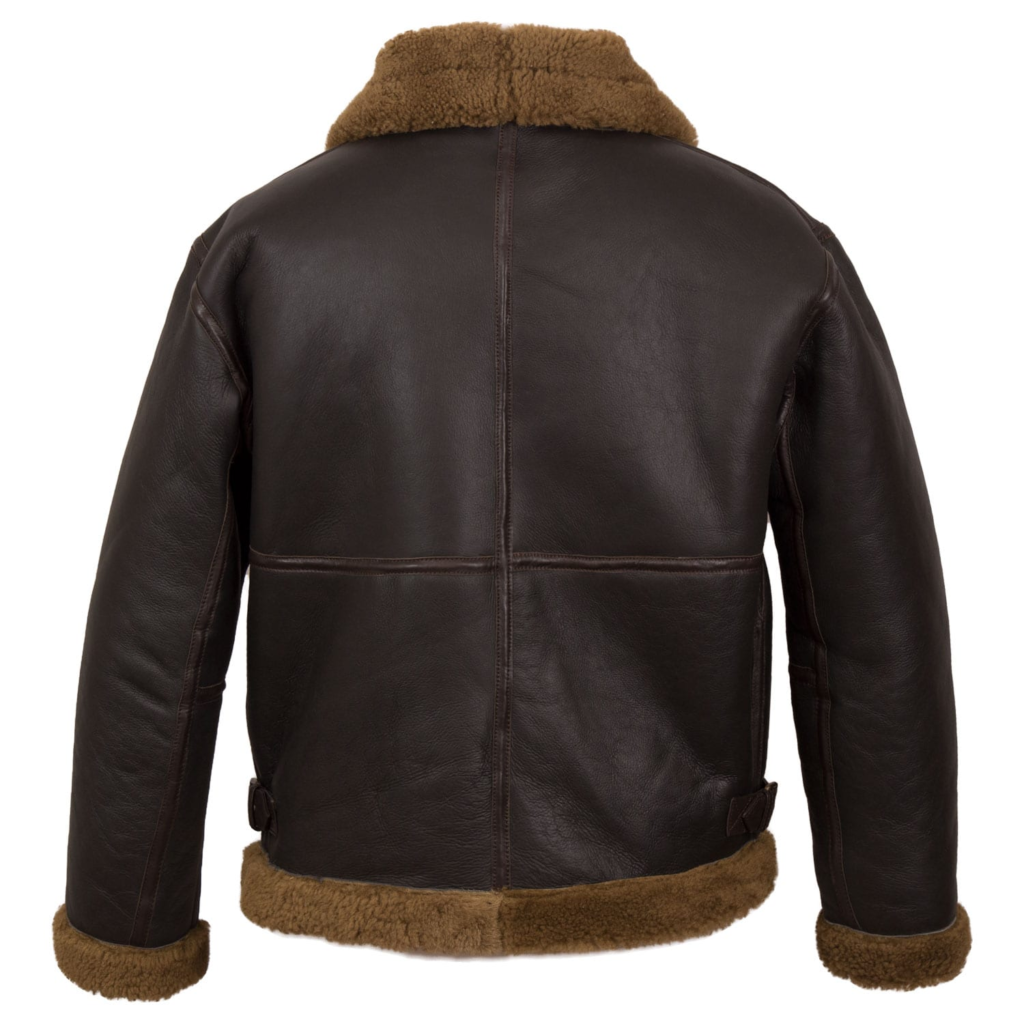There are two words referring to animal skin, one is Hide, which refers to the skin of a larger animal (such as a cow or a horse), while skin refers to a smaller animal (such as a calf or a sheep).


Tanning is a chemical process, which transforms the perishable skin into a stable and non-perishable material.
Tanning agents include plant extracts (such as bark and other sources), inorganic salts (such as chromium sulfate) and fish or animal oil.

Although there are ostrich skin, lizard skin, eel skin, fish skin and kangaroo skin, there are seven common types of leather: cowhide (including calves and adult cattle), sheepskin, goat skin, horse skin (including horses, mules and zebras), buffalo skin, pig skin and aquatic animal skin (including seals, walruses, whales and crocodiles).


Mammalian leather consists of three layers: epidermis, dermis and subcutaneous fat layer.

After removing the dermis and fat layer, the epidermis layer is used to produce leather.
Fresh hides contain 60% to 70% water and 30% to 35% protein by weight. About 85% of protein is collagen. Collagen is a kind of fibrin bonded together by chemical bonds.
Tanning process is the process of using acid, alkali, salt and enzyme to dissolve fat and non-fibrous protein and enhance the combination between collagen fibers.
This statement is extremely important, because then keeping leather healthy means maintaining the binding force between collagen fibers.
